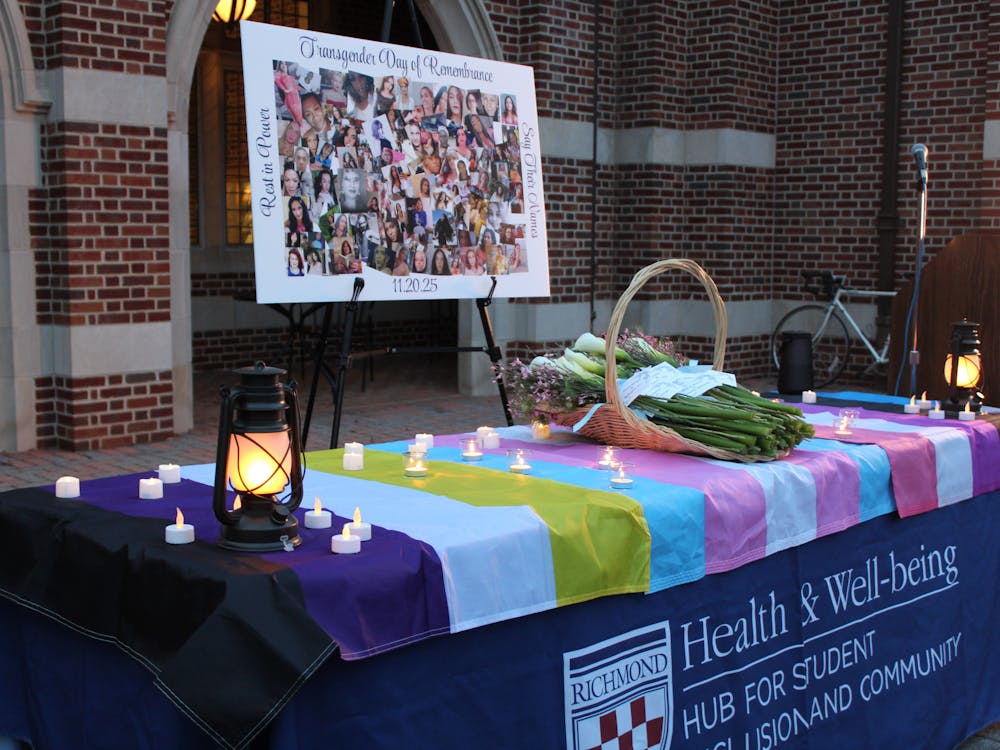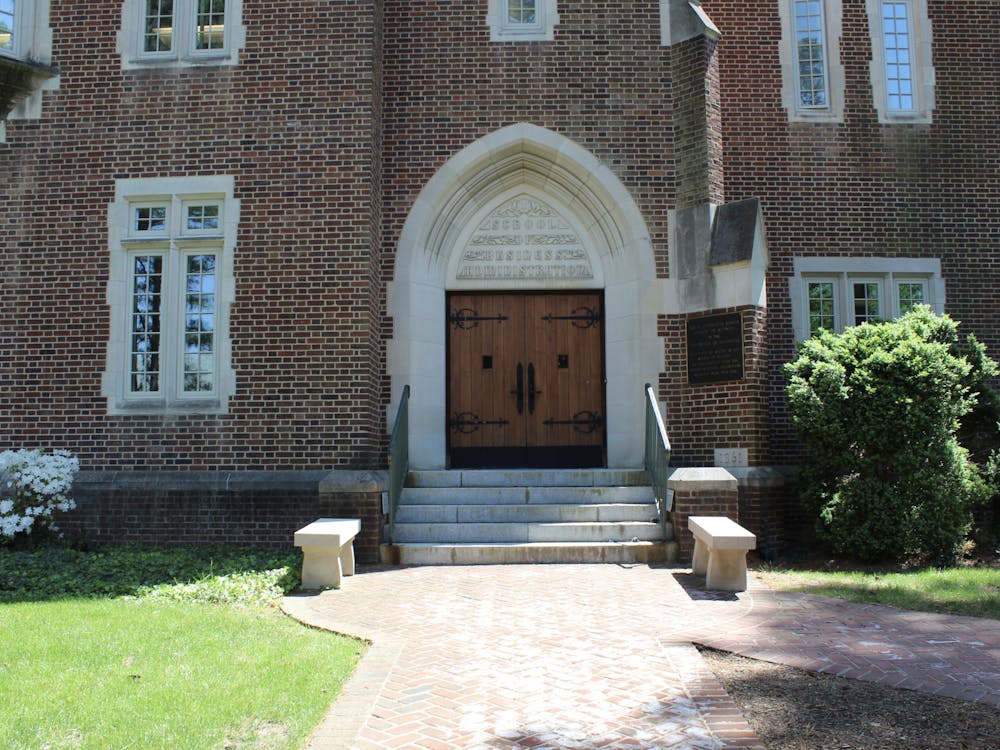"Be a green Spider, save electricity, save the Earth." These stickers around campus seem to apply to everywhere on campus but the dorms, where lights stay on 24 hours a day and cannot be turned off.
"There are a lot of lights that are left on all the time that we don't need," said junior Hannah Kelley, who lives in Moore Hall.
John Hoogakker, associate vice president for facilities, explained that "the building code requires a minimum level of illumination throughout residence hall corridors 24/7." Even though motion detectors are not allowed yet, he thinks they would be a good idea.
Junior Michelle Johnson, who is an environmental studies minor, said after doing an energy audit of Lakeview and Thomas halls, it became evident why the dorms were constantly lit.
"The hallway lights can't be turned off for legal reasons and in case of an emergency," she said. "But that doesn't mean that changes can't be made elsewhere," referring to other areas on campus that have lights on all the time.
Sensors have been installed in some dorm lounges and most classrooms, which is helpful, Johnson said, because students turn on lights and forget to turn them off. With sensors, the lights automatically turn off when no one is in the room.
"Not all of the dorms have sensors in the lounges," she said, "but a lot of the newer dorms do, and the older dorms might be making the transition soon."
Kelley said along with the dorm hallways, a few of the lights in the dining hall were left on all night, long after it had been closed.
"The TVs and computers are left on all night long, which is incredibly frustrating," she said. "I am pretty sure no one needs to know what the lunch menu is at 4 a.m. Turning them off is so simple."
Another way to save electricity in the dorms, Johnson said, is to turn off the lights in the bathroom.
"There are light switches in every public bathroom and no one ever turns them off," she said. "People probably don't realize the switches are even there or just don't think about it."
Kelley said that when she had studied abroad in France last semester, virtually everything had been on a sensor.
Enjoy what you're reading?
Signup for our newsletter
"All bathrooms, hallways and public buildings had motion-sensor lights," she said. "It worked really well and I think it would be a good idea to implement that everywhere on campus."
Sophomore Tonya Lazdowski disagreed, saying that sensor lights were not always reliable.
"The sensors in Freeman are not sensitive enough to turn on unless you wave your hands right beneath them," she said. "It is probably more effective to have them on all the time."
Johnson, who is a member of the varsity swim team, said that there were no light switches in the team's locker room, which was wasting a lot of electricity because the lights were on all the time, even when the locker room was not in use.
Lazdowski mentioned the fact that lights are on at the football stadium and the tennis courts, even late at night when no one could possibly be out there.
"I'm not sure it is quite necessary to keep the lights on at the stadium," Lazdowski said, "but I think the lights at the tennis courts beside the Greek theatre ought to be on all the time. There is only one light on the stairs leading to the gazebo, which is both terrifying and dangerous."
Hoogakker said that it cost about $40 an hour to power the entire football stadium.
"Right now, the lights are only activated when an authorized individual or group schedules an activity," he said, dispelling the rumor that the lights are on even when the field or the stadium is not in use.
The lights at the tennis courts, however, remain on all night, long after the students have left for safety reasons, Hoogakker said.
"The court lighting was scheduled to be on all night last year when law students were walking through the area going to and from the building," he said. "The lighting has not been rescheduled since their normal route of travel was restored following stadium construction."
Because it had now been brought to its attention, Hoogakker said that the university was going to restore the original arrangement where tennis players could activate 30 minutes of court lighting each time they operated a control button.
Johnson said that the university monitored and displayed electricity consumption online using Building Dashboard to help keep track of energy consumption in each of the 14 residence halls on campus.
Students can log onto buildingdashboard.net/richmond to see real-time comparisons between the dorms and suggestions on ways to conserve energy, such as using a desk lamp instead of the overhead light or switching off lights in hallways, bathrooms and lounges at night.
Contact reporter Charlotte Brackett at charlotte.brackett@richmond.edu
Support independent student media
You can make a tax-deductible donation by clicking the button below, which takes you to our secure PayPal account. The page is set up to receive contributions in whatever amount you designate. We look forward to using the money we raise to further our mission of providing honest and accurate information to students, faculty, staff, alumni and others in the general public.
Donate Now


